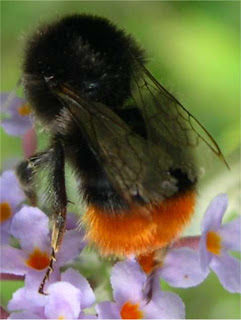Conservation Areas were first introduced in 1967 when it was found that statutory protection that existed for individual buildings was failing to protect the overall character of cities, towns and villages. The Planning (Listed Buildings and Conservation Areas) Act 1990 defines a Conservation Area as
"an area of special architectural interest,
the character or appearance of which
it is desirable to preserve or enhance".
Conservation Areas are often centred on listed buildings, open spaces or historic streetscapes. It is the character of the area as a whole, rather than individual buildings, that the designation seeks to preserve or enhance.
Maldon District Council is responsible for the designation of Conservation Areas.
Their policies on them are set out in the Maldon District Replacement Local Plan November 2005.
Conservation Area Reviews and Appraisals
A rolling programme of Conservation Area Reviews and Appraisals (CARAs) is nearing completion in the Maldon District. Eleven appraisals in Burnham on Crouch, Tolleshunt D'Arcy, Southminster, Tillingham, Tollesbury, Bradwell on Sea, Langford, Maldon, Heybridge Basin, Purleigh and Goldhanger have been approved by Council following public consultation and approval by Planning and Licensing Committee. One Conservation Area, the Chelmer & Blackwater Navigation Conservation Area remains to be reviewed and appraised.
A new Conservation Area has been designated at Stow Maries World War One Aerodrome on 17 July 2008. The buildings, structures and land within the Conservation Area is representative of a unique and rare survival of a permanent aerodrome operational from 1916-1919.
The Conservation Area boundaries have been extended and redefined and are available from MDC.
Conservation Area Management Plans
Following approval of each Conservation Area Review and Appraisal, a Management Plan will be produced to implement the recommendations contained in each document. The Management Plans will be consulted upon in due course.
Do I live in a Conservation Area?
Here is Ulting and Langford Parish there is a strong chance that you live within a Conservation Area.

In 1991, the Chelmer and Blackwater Navigation was designated as a Conservation Area along its entire length from Chelmsford to Heybridge Basin (designation date: 20th November 1991).
A MAP DETAILING THE
CONSERVATION AREA
WILL BE POSTED IN DUE
COURSE.
There are 11 Conservation Areas in Maldon District Council area:
- Bradwell on Sea
- Burnham on Crouch
- Goldhanger
- Heybridge Basin
- Langford
- Maldon
- Purleigh
- Southminster
- Tillingham
- Tollesbury
- Tolleshunt D'Arcy
What does living in a Conservation Area mean for me?
Conservation Area designation gives Maldon District Council extra powers to preserve and enhance its character and appearance. The principal consequences of this are:
Extra power to control development and demolition;
- The ability to carry out urgent works on vacant, unlisted buildings that have fallen into disrepair and to subsequently recover the cost of the works from the owner;
- Protection for all trees – six weeks notice must be given to Maldon District Council before any work is carried out on trees in a Conservation Area; and
- Greater control over advertisements and shop signs.
NOTE:
Article 4(2) Directions
Maldon District Council also has the power to introduce an Article 4(2) Direction in a Conservation Area if there is a need for further specific protection. There are currently six streets in the Maldon Conservation Area (only) that are subject to one of these Directions. See Grant Schemes: Grants for the Repair and Replacement of Front Windows and Doors for full details.
***************************************************
-739549.jpg)
-741083.jpg)
-742588.jpg)














